Every tech company promises to "democratize" their platform, usually right before releasing something that requires a CS degree to understand. So when OpenAI says their new Agent Builder lets anyone create sophisticated AI workflows without code, you'd be forgiven for rolling your eyes.
Except this time, it might actually be true—and between that and ChatGPT Apps, there are two distinct opportunities here that marketers should be thinking about separately.
ChatGPT Apps is essentially a new distribution channel to reach your customers, and if you run any kind of information or service site, you should be building one. Think of it like this: instead of someone asking ChatGPT for restaurant recommendations and then opening Google to search, they can now ask "OpenTable, find me a table for four this Friday near Union Square" and complete the entire booking without leaving the chat. Or someone planning relocation can say "Zillow, show me homes under $800k near good schools" and browse listings on an interactive map right there in the conversation.

Here's the trade-off you need to consider: the interaction happens in ChatGPT, not on your website. Someone booking that restaurant table or browsing those home listings never clicks through to your domain.
But in exchange, you get two things.
First, ChatGPT will suggest your app contextually—if someone's discussing vacation plans, and you are running a travel agency, the intent signal is as high as it can possibly be.
Second, OpenAI is launching an app directory that could put your service in front of people who'd never think to visit your site through traditional search.
The question you need to answer: are you willing to give up control over where the transaction happens in exchange for dramatically broader visibility? It's the aggregator dilemma all over again, except this time the aggregator is an AI that already sits at the center of millions of daily workflows.
Agent Builder, meanwhile, is the internal play. This visual workflow tool actually delivers on the "no-code" promise for building agentic systems. In the live demo, OpenAI built a working customer service agent in under eight minutes—complete with routing logic, custom widgets, and PII guardrails. Companies like Albertsons are already using it to help store managers analyze sales patterns, and Ramp built a buyer agent "in just a few hours" instead of months.

This is about operationalizing AI for the messy middle of your organization: campaign briefing workflows, content approval chains, internal knowledge bases, budget request routing.
The catch with Agent Builder is that it still requires clear thinking about process. The visual interface makes it easier to see the logic, but you still need to know what logic you want. If your team can't articulate the workflow on a whiteboard, dragging nodes around a canvas won't magically fix that. Pick one repetitive internal workflow that currently lives in Slack threads and email chains. Can you map it out clearly enough that Agent Builder could handle the routing? If yes, you're ready. If not, the tooling isn't your bottleneck.
— Peter & Torsten
Today’s sponsor:
Startups who switch to Intercom can save up to $12,000/year
Startups who read beehiiv can receive a 90% discount on Intercom's AI-first customer service platform, plus Fin—the #1 AI agent for customer service—free for a full year.
That's like having a full-time human support agent at no cost.
What’s included?
6 Advanced Seats
Fin Copilot for free
300 Fin Resolutions per month
Who’s eligible?
Intercom’s program is for high-growth, high-potential companies that are:
Up to series A (including A)
Currently not an Intercom customer
Up to 15 employees





